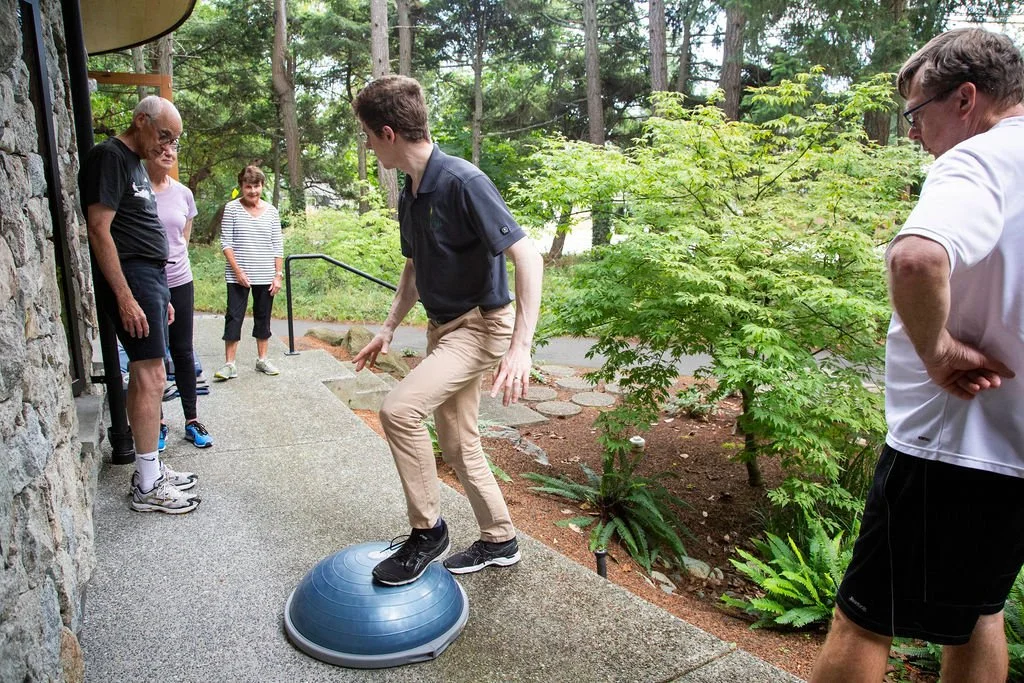How to Stay Active When Dealing With Pain
Follow these tips to learn when you can safely exercise with pain, and when it’s best to rest
The first question you need to ask when you’re learning to deal with pain is: how is it behaving? Is it always there - as constant pain? Or does it only crop up occasionally as intermittent pain? Once you’ve established this, you’re ready to start an appropriate pain management plan.
Constant pain and how to treat it
Here I mean truly constant, as in the pain never goes away even for a second. There are a few reasons for constant pain, but the one that we’re most familiar with is the kind that follows an acute injury such as a broken bone, a concussion, or a severe muscle sprain. If you have an acute injury, you’ll know it. There will have been something you did that led to immediate pain and you’ll experience signs of inflammation such as redness, heat or warmth, swelling, and also loss of function.
Following an acute injury, the first line of treatment for pain relief should include: progressive rest, ice, compression, and elevation. These principles are also known in medical and sports health circles as the acronym “PRICE”. Progressive rest means that physical activity is good and helpful, but start with gentle movement and build from there.
How to deal with intermittent pain
If you’re experiencing episodic pain it means that there are some factors perpetuating the pain and others that are relieving it. This kind of pain can be worked with!
Firstly, try to determine what things are causing your pain to keep showing up, and then minimize these for a short period. Secondly, focus on pain management right after any physical activity to keep the discomfort level down. The following “activity traffic light” system is a helpful guide to show you when your pain is safe to allow you to keep exercising, and when you should pull back to avoid a re-injury or flare-up.
Traffic light guide to pain management
Green Light – the activity helps my pain; I should do more of this
Yellow Light – I feel my pain while I perform the activity, but when I stop it goes back to normal in less than five minutes. I can stay the course with my exercising
Red Light – my pain is aggravated by this activity and stays aggravated for more than 30 minutes, or I have notable pain the next morning. I need to stop the activity and seek medical advice for an injury.
“It’s important to note a key take-away here: pain does not always mean damage; rather it’s an alert that the body uses to get your attention.”
It’s important to note a key take-away here: pain does not always mean damage; rather it’s an alert that the body uses to get your attention. While it should be respected, you can work with it safely if you follow these guidelines.
Finally, if you continue to have difficulty with your pain, reach out to a physiotherapist. They can help with some hands on treatment, exercise and education to help you get moving better and pain-free. At Tall Tree Health, our Registered Physiotherapists are leaders, educators and innovators in their field, and you can expect the highest standard of care.
See part one of this post to learn more about What pain is, and how to treat it.



































